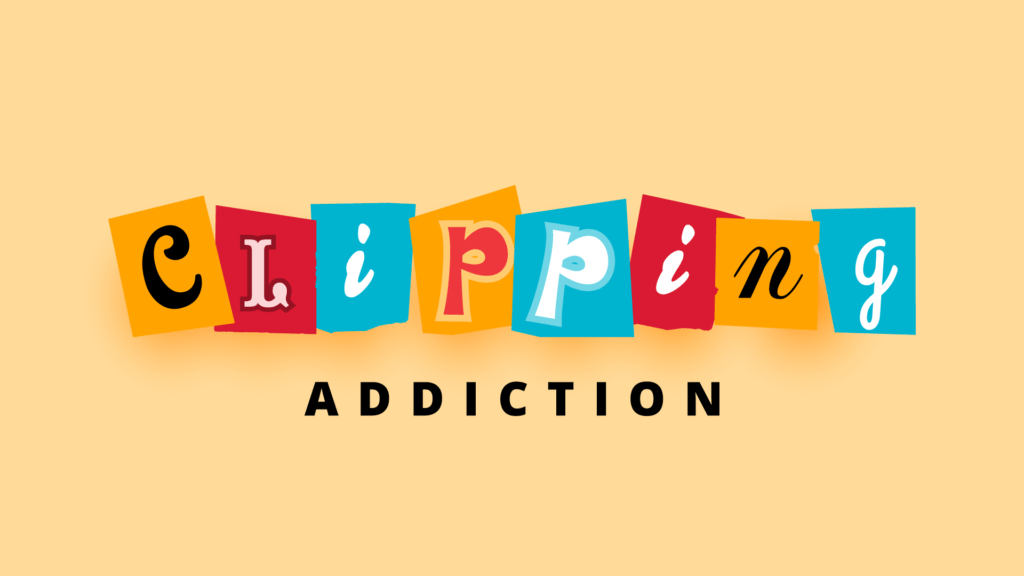
One of the biggest battles Public Relations (PR) professionals face is proving the value of their efforts. Unlike marketing, which is all about instantaneous quantitative results, PR is a long-term game – check out this blog about the differences between the hare (marketing) and the tortoise (PR).
While PR can be measured quantitatively by the number of clippings secured, this is not necessarily the most accurate way to measure the effectiveness of PR. Organisations may fall into the trap of thinking the more places their piece appears, the better – the clipping addiction – however, more isn’t always more in the world of PR.
To truly measure the effectiveness of a PR campaign we need to understand the value of each clipping, focusing on quality not the number of clippings.
So, how do you evaluate the quality of a PR clipping?
1. Audience of publication
I confess, I do get excited when I see my media release published across 20 different publications; but I also know this doesn’t necessarily equal success. If your target audience isn’t reading those publications where you’ve secured coverage, then it’s largely wasted coverage.
To create a media database that will work for you, you need to understand what the core goal of your PR campaign is, e.g. raising brand profile, promoting a new product/service or new business partnership; and then articulate who this goal is relevant to, e.g. existing customers or stakeholders, potential customers or industry.
Once you have answered these questions you will then know what publications your audience is reading and be able to qualitatively determine the value of a clipping.
2. Reach of publication (aka how many people are reading it)
This is one of the few times where more is more in PR – the more readers a publication has, the more valuable the clipping is (if it meets the above criteria of course!). COVID did have a negative impact on reader numbers with some publications losing hundreds or even thousands of regular readers and subscribers.
The best way to find reach numbers of a publication is to ask for their media kit which should have all the latest stats included. The publication will choose what numbers they share, however some key numbers to look out for include:
- Monthly traffic on the website (unique visitors is best)
- Number of page views per month
- Email subscribers (some will also include the average open rate of EDMs)
- Printed distribution (if relevant)
- Demographic breakdown (gender, age, profession, location, etc.)
- Social media followers (some may include average engagement rates)
3. Placement of the piece
The placement of an article in a magazine, website or EDM is not something we have control over, however it can be influenced if there is an advertising partnership. There are a few different placements which can boost the quality of a clipping, including:
- Homepage feature for an online article
- Social media promotion of an online article
- EDM feature
- Near the front of a magazine
- The amount of space the article takes up in the magazine or newspaper (half-page or full-page is optimal)
Using these three criteria will enable you to evaluate the quality of your clippings and therefore the value of your PR campaign more accurately; it does involve a little more work, but it is well worth it.
If you are working closely with trade media, it’s important to show your support of them and the important role they play in the industry and consider factoring in advertising budget. This not only helps you build a stronger working relationship, it also supports your target media ensuring they can continue speaking directly to your industry.
Interested in learning more about PR and how to make it work effectively for you? Check out the Zadro University Safari – Public Relations Explained!



